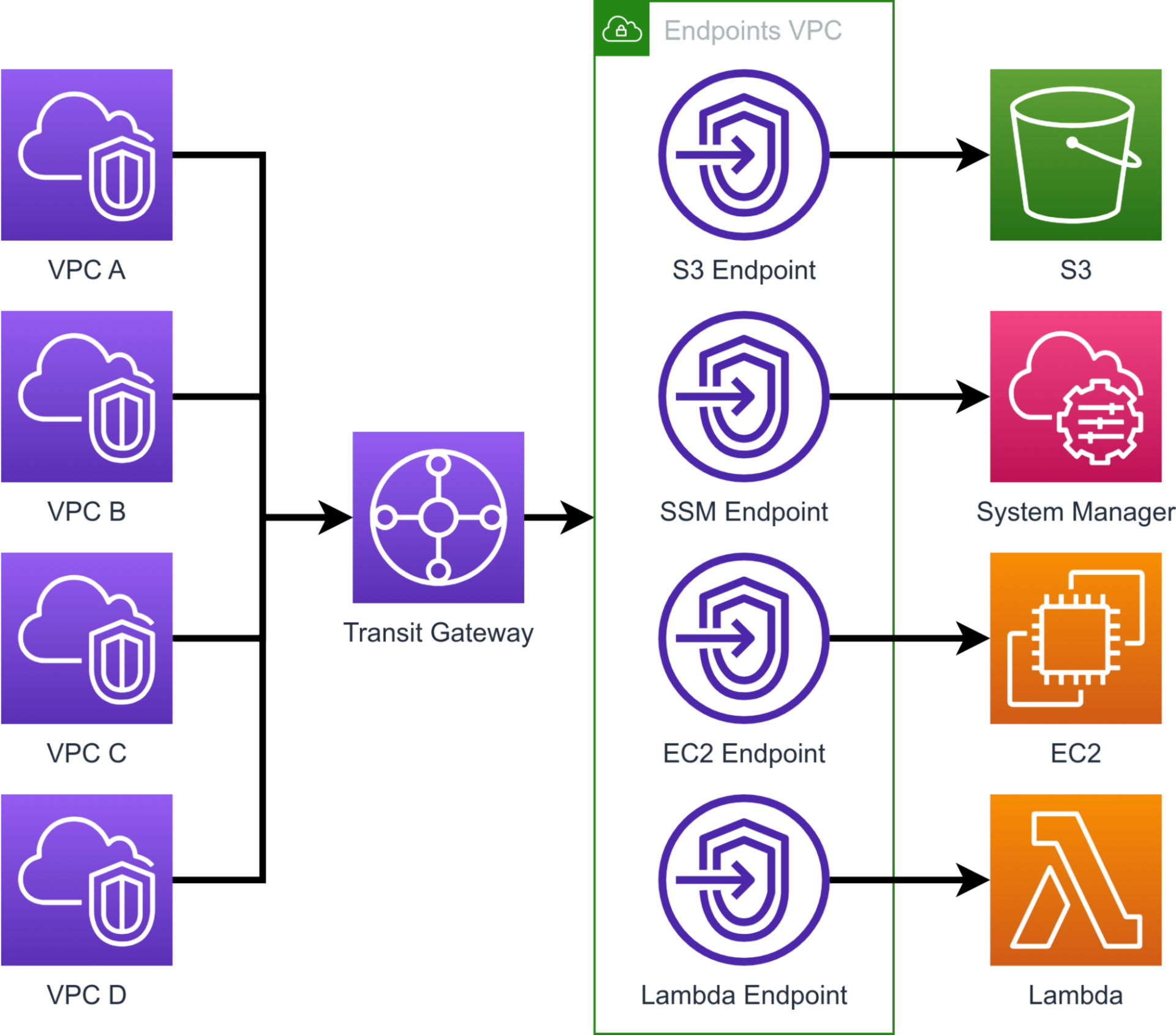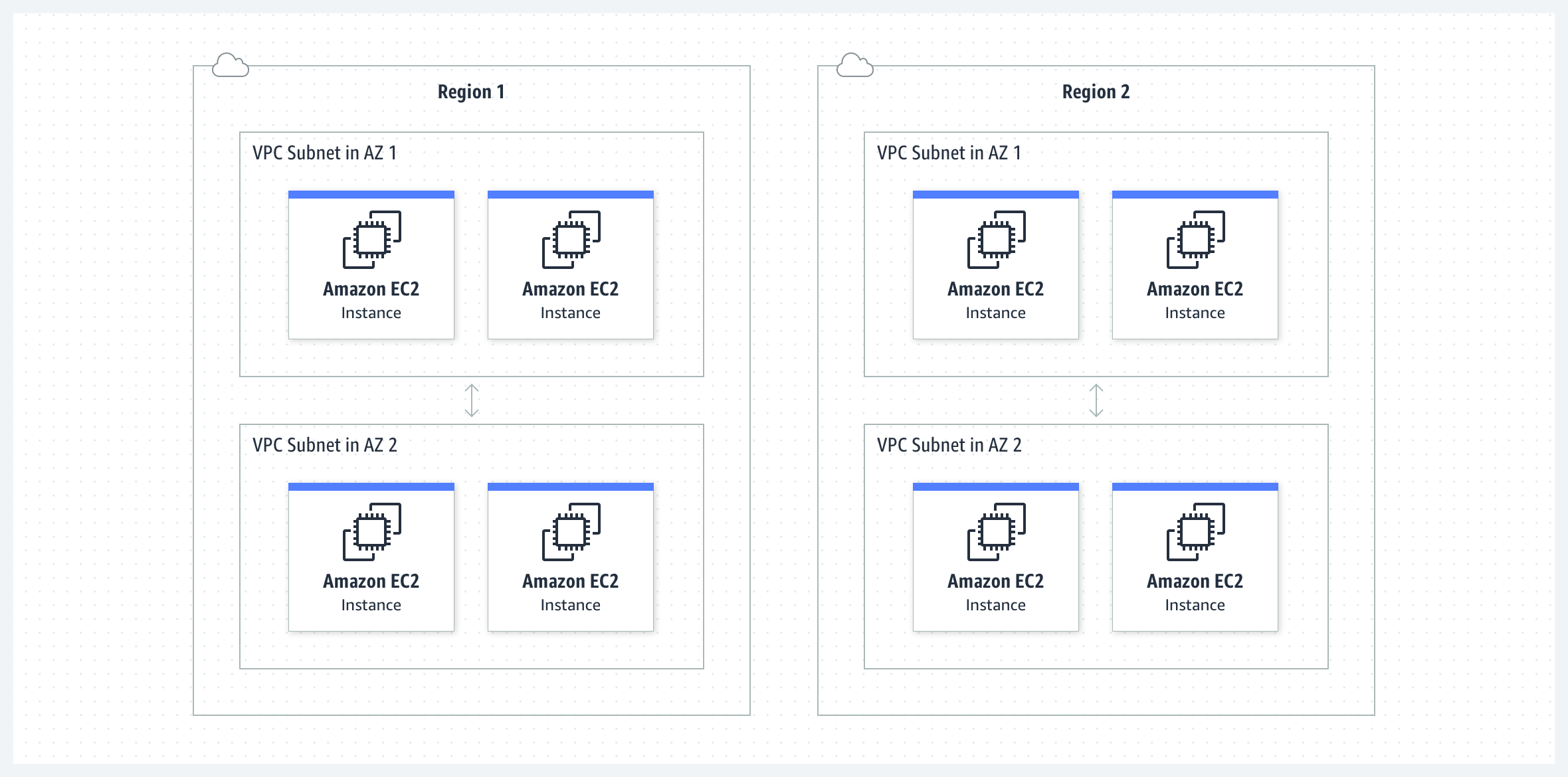Securely Connect Remote IoT VPC AWS Not Working? Here's How To Fix It!
Ever faced the nightmare of your AWS IoT VPC connection failing? It’s like trying to send a text message to someone who’s off the grid. Frustrating, right? Well, if you’ve been scratching your head over why your remote IoT setup on AWS isn’t cooperating, you’ve landed at the right place. Today, we’re diving deep into the world of AWS VPCs, IoT connections, and troubleshooting tips that’ll save your sanity.
Listen up, tech enthusiasts! AWS is like the Swiss Army knife of cloud computing, packed with tools that make life easier for developers and businesses. But when things go south—like when your remote IoT VPC connection stops working—it’s time to roll up those sleeves and get down to business. In this guide, we’ll explore common issues, solutions, and best practices so you can get back on track.
Let’s face it: a secure connection between your IoT devices and AWS VPC is crucial. Whether you’re managing smart home devices, industrial sensors, or anything in between, a hiccup in the connection can cost you time, money, and peace of mind. So, buckle up and let’s tackle this challenge head-on!
- Movieruls Your Ultimate Guide To Streaming Downloading And Loving Movies
- Top Ullu Actress Names Unveiling The Stars Of The Sensational Ullu Web Series
Understanding the Basics: What Is AWS IoT VPC?
AWS IoT VPC is like the digital highway connecting your IoT devices to the cloud. Think of it as the invisible thread that keeps everything running smoothly. It’s where all your data flows, your commands are executed, and your devices stay in sync. But what happens when this connection falters? Let’s break it down.
Here’s the deal: AWS VPC (Virtual Private Cloud) creates a secure and isolated environment for your IoT devices. It acts as a shield, protecting your data from prying eyes and potential threats. But when things don’t work as expected, it’s essential to know the basics:
- AWS VPC provides a private network for your devices.
- IoT devices communicate through secure channels within the VPC.
- Proper configuration is key to ensuring seamless connectivity.
And hey, don’t worry if it sounds complicated. We’ll walk you through every step!
- Exploring The Dark Side What You Need To Know About Gore Websites
- Ellaalexandraxo Nudes The Truth Behind The Clickbait
Why Is My Remote IoT VPC AWS Not Working?
Alright, let’s address the elephant in the room. If your remote IoT VPC AWS connection isn’t working, there could be several reasons. From misconfigurations to network issues, the possibilities are endless. Here’s a quick rundown of the most common culprits:
Common Causes of Connection Failures
- Incorrect Security Group Settings: Your security groups might be blocking traffic.
- Subnet Misconfigurations: The subnets in your VPC might not be properly set up.
- Route Table Issues: Your route tables might not be directing traffic correctly.
- Internet Gateway Problems: The internet gateway could be misconfigured or down.
- Firewall Rules: Firewalls might be preventing your devices from communicating.
Now that we’ve identified the potential issues, let’s dive into how to fix them!
Step-by-Step Guide to Fixing Your IoT VPC Connection
Ready to roll up your sleeves? Here’s a step-by-step guide to diagnosing and resolving your IoT VPC connection issues:
Step 1: Check Security Group Settings
Security groups act as virtual firewalls for your VPC. If they’re misconfigured, your devices won’t be able to communicate. Here’s what you need to do:
- Log in to the AWS Management Console.
- Go to the EC2 Dashboard and select “Security Groups.”
- Review the inbound and outbound rules to ensure they allow the necessary traffic.
Remember, security groups are all about balance. You want to keep your network secure, but you also need to allow the right traffic to flow.
Step 2: Verify Subnet Configurations
Subnets are like neighborhoods within your VPC. Each subnet has its own set of rules and configurations. Here’s how to check them:
- Navigate to the VPC Dashboard in the AWS Console.
- Select “Subnets” and review the settings for each subnet.
- Ensure that your subnets are properly configured for public or private access.
Pro tip: If you’re using a public subnet, make sure it’s associated with an internet gateway.
Step 3: Inspect Route Tables
Route tables determine how traffic flows within your VPC. Here’s how to inspect them:
- Go to the VPC Dashboard and select “Route Tables.”
- Review the routes to ensure they’re directing traffic to the correct destinations.
- Check for any missing or incorrect routes that might be causing issues.
Think of route tables as the GPS for your VPC. Without the right directions, your devices won’t know where to go!
Advanced Troubleshooting Techniques
Sometimes, basic troubleshooting isn’t enough. If your IoT VPC connection is still not working, it’s time to break out the big guns. Here are some advanced techniques to help you diagnose and resolve the issue:
Enable VPC Flow Logs
VPC Flow Logs provide detailed information about the traffic flowing through your VPC. Here’s how to enable them:
- Go to the VPC Dashboard and select “Flow Logs.”
- Click “Create Flow Log” and configure the settings.
- Monitor the logs to identify any issues with your traffic.
Flow logs are like a detective’s notebook, giving you insights into what’s happening in your VPC.
Use AWS CloudWatch
AWS CloudWatch is a powerful monitoring tool that can help you track the performance of your IoT VPC. Here’s how to use it:
- Go to the CloudWatch Dashboard in the AWS Console.
- Create alarms and metrics to monitor your VPC’s performance.
- Use the data to identify and resolve any issues.
CloudWatch is like having a personal assistant for your VPC, keeping an eye on everything for you.
Best Practices for Securing Your IoT VPC
Now that we’ve covered troubleshooting, let’s talk about best practices for securing your IoT VPC. Here are some tips to keep your connection safe and reliable:
Implement Strong Authentication
Authentication is key to securing your IoT devices. Use strong passwords, multi-factor authentication, and certificate-based authentication to protect your VPC.
Regularly Update Your Devices
Keep your IoT devices up to date with the latest firmware and software updates. This ensures they’re protected against the latest threats.
Monitor Your VPC Continuously
Set up monitoring tools like CloudWatch to keep an eye on your VPC’s performance. This way, you’ll catch any issues before they become major problems.
Real-World Examples of IoT VPC Failures
To give you a better understanding of the challenges you might face, let’s look at some real-world examples of IoT VPC failures:
Case Study 1: Misconfigured Security Groups
A company was experiencing connection issues with their IoT devices. After some investigation, they discovered that their security groups were misconfigured, blocking necessary traffic. By adjusting the settings, they were able to restore connectivity.
Case Study 2: Subnet Misconfigurations
Another business found that their IoT devices were unable to communicate with each other. Upon inspection, they realized that their subnets were not properly configured for private access. By fixing the subnet settings, they resolved the issue.
Data and Statistics
According to a recent study by Gartner, IoT security breaches are on the rise, with 75% of organizations experiencing at least one incident in the past year. This highlights the importance of securing your IoT VPC and taking proactive measures to protect your devices.
Conclusion: Take Control of Your IoT VPC Connection
And there you have it, folks! A comprehensive guide to fixing your remote IoT VPC AWS connection issues. By following the steps outlined above, you’ll be well on your way to restoring connectivity and securing your network.
So, what’s next? Take action! Check your security groups, verify your subnet configurations, and monitor your VPC continuously. And don’t forget to share this article with your fellow tech enthusiasts. Together, we can create a safer and more reliable IoT ecosystem!
Oh, and before you go, here’s a quick recap of the key points we covered:
- Understand the basics of AWS IoT VPC.
- Identify common causes of connection failures.
- Follow the step-by-step guide to fix your IoT VPC connection.
- Implement advanced troubleshooting techniques.
- Adopt best practices for securing your IoT VPC.
Stay secure, stay connected, and keep innovating! Cheers!
Table of Contents
- Understanding the Basics: What Is AWS IoT VPC?
- Why Is My Remote IoT VPC AWS Not Working?
- Step-by-Step Guide to Fixing Your IoT VPC Connection
- Advanced Troubleshooting Techniques
- Best Practices for Securing Your IoT VPC
- Real-World Examples of IoT VPC Failures
- Data and Statistics
- Conclusion: Take Control of Your IoT VPC Connection
- Mms Viral Leaked The Truth Behind The Scenes That You Need To Know
- Indian Viral Mms The Untold Story You Need To Know

Securely Connect Remoteiot Vpc Aws Not Working Remote Iot Raspberry Pi

Securely Connect Remoteiot Vpc Aws Not Working Remote Iot Raspberry Pi

Securely Connect Remote IoT VPC AWS Not Working Windows A